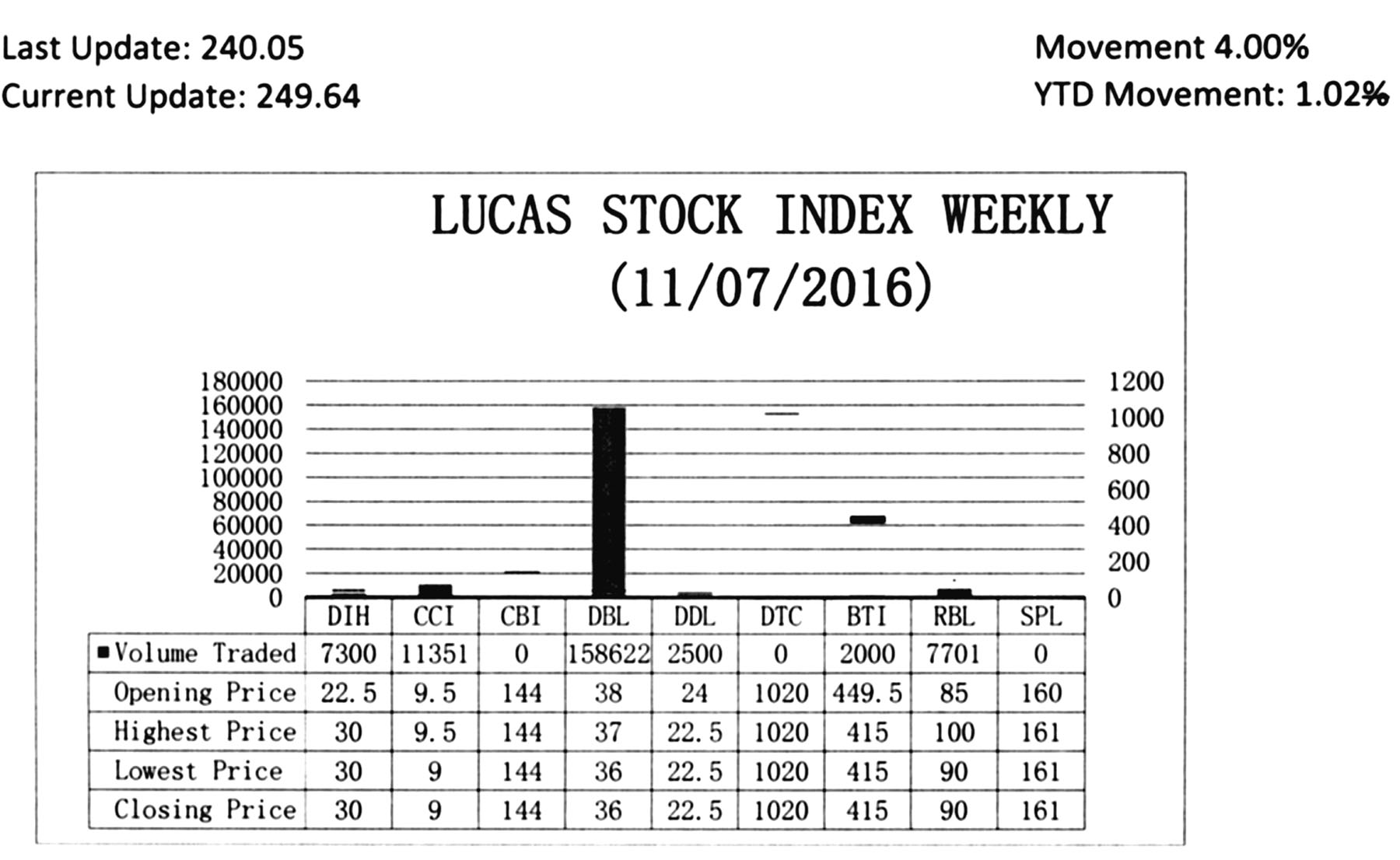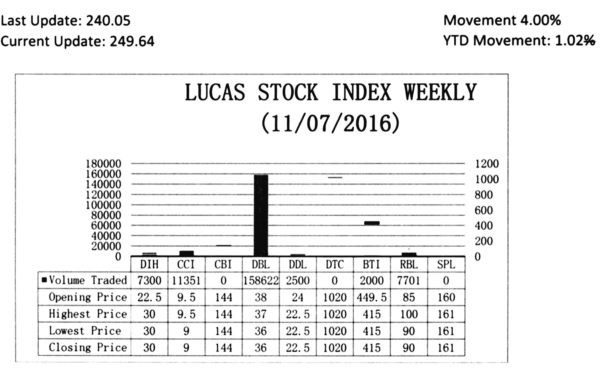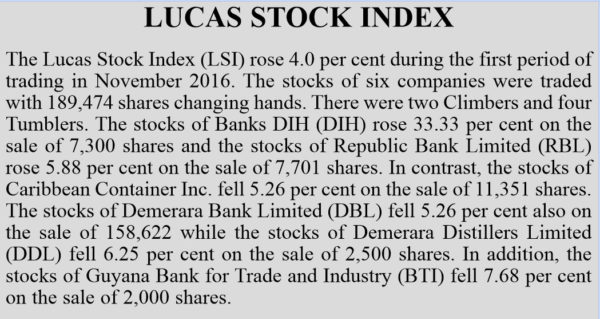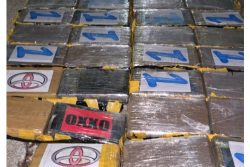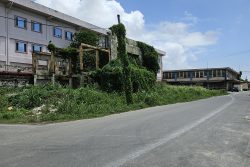]Stiff penalties
A few months ago, a few persons, expressed an interest in cultivating industrial hemp as part of the economic production of Guyana. More recently, additional interest was shown in this crop when investors sought to engage policymakers on the matter. The potential investors were quite serious about their interest in cultivating and harvesting the produce which is part of the cannabis family of plants. Naturally, when one hears about cannabis, the first thing that comes to mind is marijuana, and marijuana is an illegal substance under the laws of Guyana. People are given stiff penalties for possession of the substance. When discovered, marijuana plants are destroyed and the farmers, if found, are brought to court. Being aware of this situation, the interested investors connected their remarks with the facial expressions of those listening to what they had to say. They understood from the body language that they had to place all the relevant facts about what they wanted to do on the table. This article seeks to explore the issue of producing hemp in the Guyana economy.
Ingredient of concern
The investors proceeded to provide education about hemp. The education started by trying to explain the difference between hemp and marijuana. By the time they were done, those who were listening to the explanation had indeed come away with a different view of what might be possible if one could get past the stage of apprehension about the crop. The disclosures revealed that hemp and marijuana were part of the cannabis plant family. Some science was used to make the case for industrial hemp. The interested investors made the point that the ingredient of concern was something called cannabinoids. Cannabis plants contain over 500 natural compounds and cannabinoids happen to make up over 85 of those compounds. Apparently, one of the 85 compounds contains the problems that are linked to marijuana use. The compound is known in the scientific world as tetrahydrocannabinol or THC for short. This thing called THC contains the ingredients that create the high that people get when they ingest marijuana. Too much THC can eventually take one down the path of self-destruction.
Distinction
After explaining marijuana, the investors turned to explain industrial hemp. The explanation was simple. They pointed out that while the marijuana plant contained high levels of THC, the hemp plant contained low levels of the psychoactive drug. This is the distinction that one is being asked to rely on in order to give hemp a shot at legitimate production in Guyana. Because they come from the same family, the two plants look alike and it is only through testing of the compounds that one would be able to tell the difference. This country has been plagued by corruption, and the uncertainty that Guyanese would want to play it straight and narrow will be a major consideration if the production of hemp would be permitted to take place in the country.
The risk of permitting the production of hemp would have to be weighed against the background of its destructive effects and the institutional ability of the country to prevent its social use from spinning out of control. It is a question of weighing the economic and social benefits and costs of encouraging hemp production. It is a challenge that must be addressed as will be discussed later.
Review of drug policy
Before doing so, one would have to understand the impact that changing the laws to permit the growth of hemp would have on international treaty obligations. There is evidence of this where the United Nations (UN) challenged the decision of the states of Colorado and Washington when they legalized the use of marijuana in 2012. It saw it as a conflict between the USA and its international treaty obligations.
The UN held the same view when Uruguay also legalized the production and sale of marijuana a few years ago. It is not clear how that conflict has been resolved, if it has been resolved at all to the satisfaction of the United Nations. What has happened, however, is that these actions by countries opened the door to a possible review of the international drug policy. Indeed, a special session of the UN General Assembly was held in April this year to assess the state of international drug policy. Instead of slowing the process, the UN complaints have not stopped the state of Oregon from selling marijuana for recreational use and the state of California from moving to do so during last week’s US presidential elections. Nor has it stopped Canada from allowing patients to grow their own marijuana for medical use.
Turning to the issue of hemp production in Guyana, one must address the economic and social consequences of use for purposes other than industrial use. One must remain concerned that cannabis with unacceptable levels of THC was likely to be grown alongside hemp since it would be easy to camouflage its growth.
In a study done by the United Nations Office of Drugs and Crime (UNODC), cannabis is used in three forms. It is used as herbal cannabis which is popularly referred to as ganja or weed. It is used as cannabis resin which is known by the names of hashish or charash. The third form of use is as cannabis oil. The UN study observed that herbal cannabis was the more popular drug used around the world while cannabis resin was primarily used in Europe. The way that these drugs are used at the personal level is deemed illegal.
Not something easy
Permitting the production of hemp is not something easy to wrap one’s mind around, given the conclusion reached by the UN that cannabis is a gateway drug to what some people describe as harder illicit drugs. The group with exposure to the highest risk is children. The UN study indicated that the earlier drug use was initiated, the higher the risk for abuse and dependence and a move to drugs like cocaine, heroin and opium. As many people already know, cannabis has a range of negative effects on users. The negative effect is significant when the users are children. Cannabis is linked to school dropouts, unemployment and a higher dependence on social welfare. If there is any solace to be gotten from the special session of the UN it is that the global consumption of cannabis has remained stable for the past 16 years.
Risk of abuse
But that statistic does not make it any easier to open the door to the production of industrial hemp. The risk of abusing cannabis has to be weighed against the economic benefits that could be derived from industrial hemp. Hemp, as this writer understands it, contains less of the harmful THC than marijuana. Industrial hemp according to a study done by Valerie L Vantreese some years ago, contains less than 0.3 per cent of THC. That is the standard that experts suggest would not result in adverse effects from use of hemp. Countries in the European Community and Canada use the 0.3 per cent THC content as the standard for legal hemp production. It therefore does not produce the same delusional effects as marijuana. In addition, it was pointed out that hemp contains another cannabinoid called CBD. This chemical reduces the psychoactive effects of THC. While this is true, the desire to grow hemp is linked not to its countervailing force against THC. Instead, the desirability of growing hemp is linked to the many economic benefits that could be derived from its fibre. Advocates of industrial hemp boast that it can be used to produce as many as 25,000 products. Consequently, if one is able to control the THC content in the hemp, it could yield very positive economic benefits to Guyana.
A serious crop
Industrial hemp appears to be a serious crop and one that has gained legitimacy in the largest economy in the world, namely the United States of America. The evidence for this claim is seen in the many moves many by states and the adjustment in attitude of the Federal Government towards legalization by the states. In addition, one has seen the emergence of companies involved in the hemp production and trade. Some of them trade shares in the Over-the-Counter (OTC) stock market. A leading company in this industry is Hemp, Inc which was formed in 2008. In a report dated October 20, 2016, MarketWired quoted the Chief Executive Officer (CEO) of Hemp, Inc as saying that there was a resurgence of hemp in the USA. The same report pointed out that 32 states in the USA have defined industrial hemp as distinct and removed barriers to its production. The understanding is that it is possible to distinguish hemp from marijuana and that capability should enable its production. At least 25 countries currently produce and export hemp products. Among them are Canada, Chile, China, India, Russia, Spain, Turkey and the United Kingdom. Canada and China are major exporters of hemp to the USA. The same press release claims that hemp products are 100% biodegradable and the cultivation of the product has a positive effect on soil health.
Further, section 7606 of the US Farm Bill which was passed in 2014 enabled 32 states to take immediate advantage of the hemp research and pilot programme component of the Bill. The states are not concentrated in one geographic area of the USA. Some of these states are Alabama, California, Florida, Kentucky, Maine, Maryland, Missouri, New York, Pennsylvania and Virginia. The North American Industrial Hemp Council claims that hemp can be used ‒ as said above ‒ to make more than 25,000 products. A PBS News Hour piece observed that hemp oil is used as an industrial lubricant.
Further work needed
There is no doubt further work has to be done to see how the production of industrial hemp could be included in the production structure of Guyana. Some writings reveal that despite its usefulness, the processing of hemp fibre into finished products such as paper and textiles could be very costly. However, there is global acceptability of the products as evidenced by what is taking place in France, the United Kingdom, Germany and other places. Guyana should avoid trying to come to the party too late, and if there are private investors willing to take the investment risk, they should be allowed to do so. However, appropriate controls should be in place to satisfy this growing curiosity.
